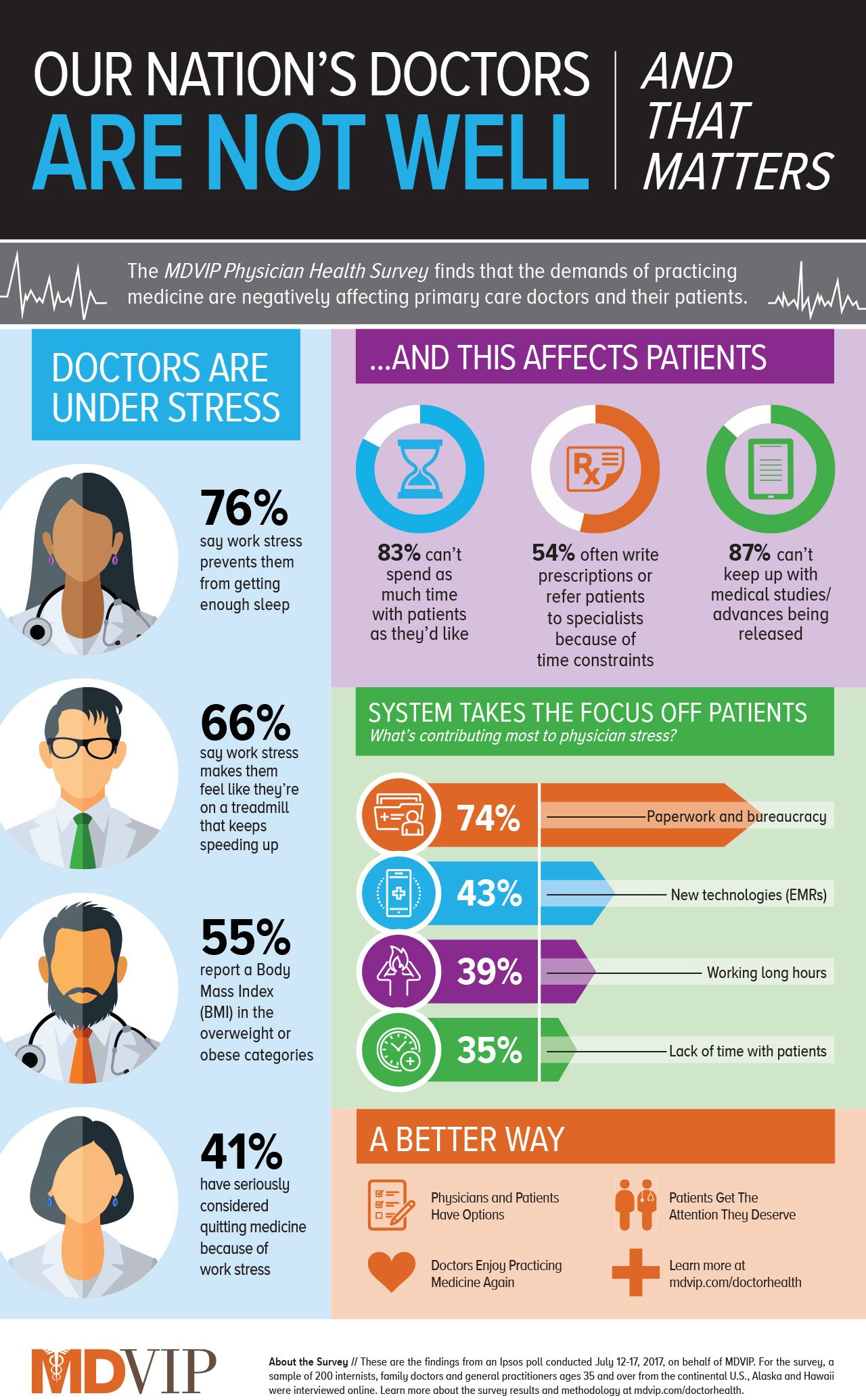Recognizing Different Types Of Hernias As Well As The Cosmetic Surgeon'S Function

Write-Up By-Abrahamsen Lindsey
A hernia takes place when fat or part of the intestinal tract presses with muscle mass that should be holding it back. This can be agonizing, as well as it typically won't disappear by itself.
Often ruptures need to be treated operatively. That's when medical professionals take into consideration alternatives like launching muscles, reinforcing the abdominal wall or part splitting up.
Inguinal hernia
A small part of the intestinal tract jabs through a weak point in your stomach muscles near your groin (the inguinal canal is a passage in the lower part of your abdominal areas that houses blood vessels and nerves, including the spermatic cable for males and the tendons that support a female's uterus). You can have this hernia repaired surgically.
Throughout surgical treatment, your physician can see the hernia using a camera attached to a scope that is inserted through several little cuts on your belly. Another device might be placed via the same cuts to assist repair the hernia.
After hernia repair service, it is very important to follow your doctor's suggestions for preventing difficulties. This means reporting any hernial pain or discomfort that reoccurs, or gets worse. It's additionally vital to avoid heavy training as well as stressing, specifically while you're urinating or coughing. A hernia that becomes trapped and also squeezed sheds its blood supply (it's called imprisonment) and can pass away, which is a medical emergency.
Umbilical hernia
In the womb, children travel through a little opening in between their stomach wall muscles near the belly button (umbilicus). Usually this shuts prior to birth, yet in some cases it does not. This causes a hernia in 20 percent of all newborns.
Umbilical ruptures look like a swelling or lump in the stubborn belly switch. They are most obvious when a child sobs or strains. The bulge will obtain smaller sized or vanish when the kid is calm. Occasionally, umbilical hernias get stuck (called put behind bars) as well as do not get appropriate blood supply. This can trigger discomfort and even fatality of the cells in the hernia sac.
The majority of umbilical ruptures will certainly close without treatment by themselves by age 4. When read this do not, medical professionals at Mount Sinai typically fix them with mesh. This strategy is associated with fewer reoccurrences than primary stitch repair. The surgical procedure is done via a tiny cut inside or listed below the belly button. A surgical mesh is put over the hernia website to provide long-term strength.
Incisional hernia
This sort of hernia occurs at the website of a previous medical wound. It normally occurs when a loophole of the intestine slides through the weak point at the edge of a medical injury that has actually failed to heal properly as a result of infection or injury.
This is a harmful hernia since the intestinal tract can become incarcerated as well as require instant medical therapy. It can likewise trigger persistent pain, as well as the hernia might repeat also after surgical treatment.
The cosmetic surgeon may utilize a slim, lighted range (called a laparoscope) to make a number of little incisions (cuts). Via these cuts, they may remove excess fat and also cells around the hernia and also repair the weak location of the abdominal wall. https://click4r.com/posts/g/12297231/ may also place in a mesh patch that holds the protruding intestine as well as avoids it from pushing through again. https://k12.instructure.com/eportfolios/392743/Home/Comprehending_Different_Types_Of_Hernias_And_Surgical_Repair_Service_Options might close the hernia with dissolvable sutures or clinical adhesive as well as place a plastic or mesh graft over the weak point in the abdominal area.
Hiatal hernia
One of the most common sort of hiatal hernia is a gliding (type I) hernia. This happens when the joint between your esophagus and also tummy sticks out up through the gap in your diaphragm into your upper body tooth cavity. This can create acid reflux and also difficulty swallowing.
Bigger ruptures, called paraesophageal (type II, III and also IV) or diaphragmatic (kind V) hernias, can be very harmful and may need instant surgery. These can lead to lung troubles and also pneumonia, or can squeeze the stomach so firmly that its blood supply is cut off.
BWH thoracic surgeons carry out laparoscopic surgery to reduce the size of hernias and to prevent strangulation. This entails making a few small cuts in your stomach and also placing a tube with a cam that sends photos to a screen. This allows specialists to see what they are doing as well as gives a much better healing.

